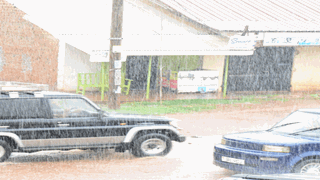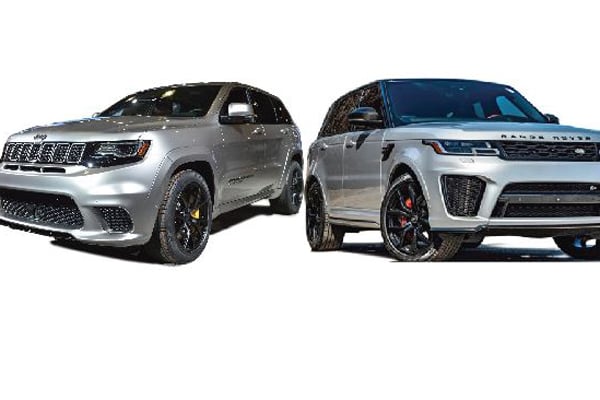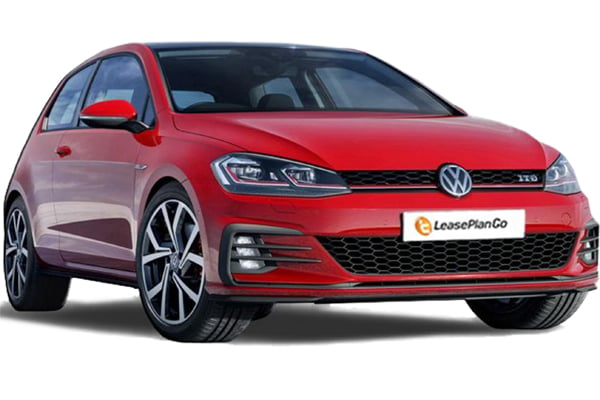
While you may persist and drive in flooded areas, one of the dangers this poses is wholly or partially submerging your vehicle. PHOTO/EDGAR R BATTE
|Auto
Prime
Safety driving tips during the rainy season
What you need to know:
- The rains are here with us and as motorists, it is imperative we take caution.
- Things such as knowledge of the fact that in rainy conditions, it is more strenuous to see other cars, road signs and the road itself are critical.
We all hear about the importance of safe and defensive driving during wet road conditions. All drivers are aware of the fact that it takes longer to bring a car to a full stop in rainy conditions than when the road is dry, as water significantly decreases the friction between the tyres and the road and the overall traction of the a car.
However, what is interesting is that many drivers only fully appreciate how difficult it is to brake on a wet road and how much time and distance they need to stop their car abruptly only after they have to deal with this situation at least once. As the rains start intensifying, these tips will help you get to your destination safely.
Well serviced vehicle
A well serviced vehicle means one whose brakes, rear and headlights, braking system and wiper blades, among other parts, are in the best mechanical condition. Whereas brake lights ensure that your vehicle is visible to other users, especially those driving behind you, a well serviced brake system will allow you to stop the vehicle in time. Wiper blades will clear the windscreen to allow you have proper sight of the road.
“Have someone step on your brake pedal as you stand at the rear end of the vehicle to know if your brake lights are functional. Avoid situations where your vehicle could be mistaken for a motorcycle at night. The same procedure should be followed when checking whether your head and fog lights are functional,” says Eric Kamoga, a car light technician.
Tyres
The other important aspect is having tyres with treads. Treads play an important role in maintaining traction between the car and the road surface to prevent skidding in case of sudden braking.
Sometimes, rains cause formulation of dew on the windscreen interior, especially when all the windows are closed. This happens when the windscreen is cold.
Sam Baguma, a car air conditioning technician, says instead of using a towel or handkerchief to clear the mist as you drive, have your AC system inspected and fixed accordingly so that it produces moderate amounts of hot air when required to clear the mist. While driving, this is safer than clearing the dew manually.
Avoid overtaking
There is no doubt that all roads, regardless of whether they are tarmacked or marrum, become more slippery when it is raining.
This does not only mean that your braking efficiency is compromised. You will need more time to brake over a short driving distance, but also reduce your driving speed and avoid overtaking.
The case of heavy rains
Some rains come with hailstorms and fog that may not allow you a good view of the road ahead. Faridah Nampiima, the spokesperson of the Traffic Directorate, says if the rain is directly hitting your windscreen and the wipers are unable to clear the water, it is safer to park by the roadside, turn on your head and hazard lights or double indicators so that you are still visible to other road users and wait until the rain stops.
Be tolerant to other road users
Driving in the rain slows your ability to quickly make decisions. This is because almost everyone on the road, including pedestrians and motorcyclists and their passengers, who are most vulnerable to road crashes, are in a rush. This partly explains why rains are synonymous with increased traffic jam.
“Be tolerant and patient with the road user ahead because they may be avoiding an obstacle you are not aware of. It could be a pedestrian or an animal crossing the road or devising ways of how to manoeuvre around a vehicle that has broken down. Do not hoot unnecessarily since this will make others panic,” Nampiima advises.
Avoid flooded areas
Some areas around Kyambogo on Jinja Road, Clock Tower on Entebbe Road and Wampeewo roundabout, all in Kampala, and many others, are synonymous with floods due to a poor drainage system.
While you may persist and drive in flooded areas, one of the dangers this poses is wholly or partially submerging your vehicle. Flood water will forcefully find its way into your car systems and cause damage.
However, the riskiest floods are those with fast running water that may sweep your vehicle away.
“Do not be deceived that your vehicle is well raised and heavier than floods. It is better to find a safe place to park and wait for the floods to clear,” says Moses Ntenga, a motorist.
When driving through a puddle, go slow. If it is deeper than the bottom of your doors, turn around and use another route. Deep water can cause serious damage to a modern car’s electrical system. Finally, it is only courteous and respectful to avoid splashing pedestrians with water.
Pedestrians
Like avoiding driving in floods, pedestrians should watch where they step while it rains since there is a danger of falling into uncovered ditches or drainages.
Staying safe while driving in the rain is simple if you make a conscious effort to employ these safety precautions. Remember that reducing your speed and turning on your lights are two of the simplest and most effective ways of reducing the chances of an accident caused by wet weather.
Your surroundings
Storms can be unpredictable, so it is crucial to be aware of your surroundings while driving during a storm. Be attentive and keep focused on the road while also keeping an eye out for possible flying debris.
Listen to a local radio station for important weather updates if you can. Keep all vehicle windows up and never drive into flooded areas. Even if it looks shallow, the water could be deeper than it appears.




